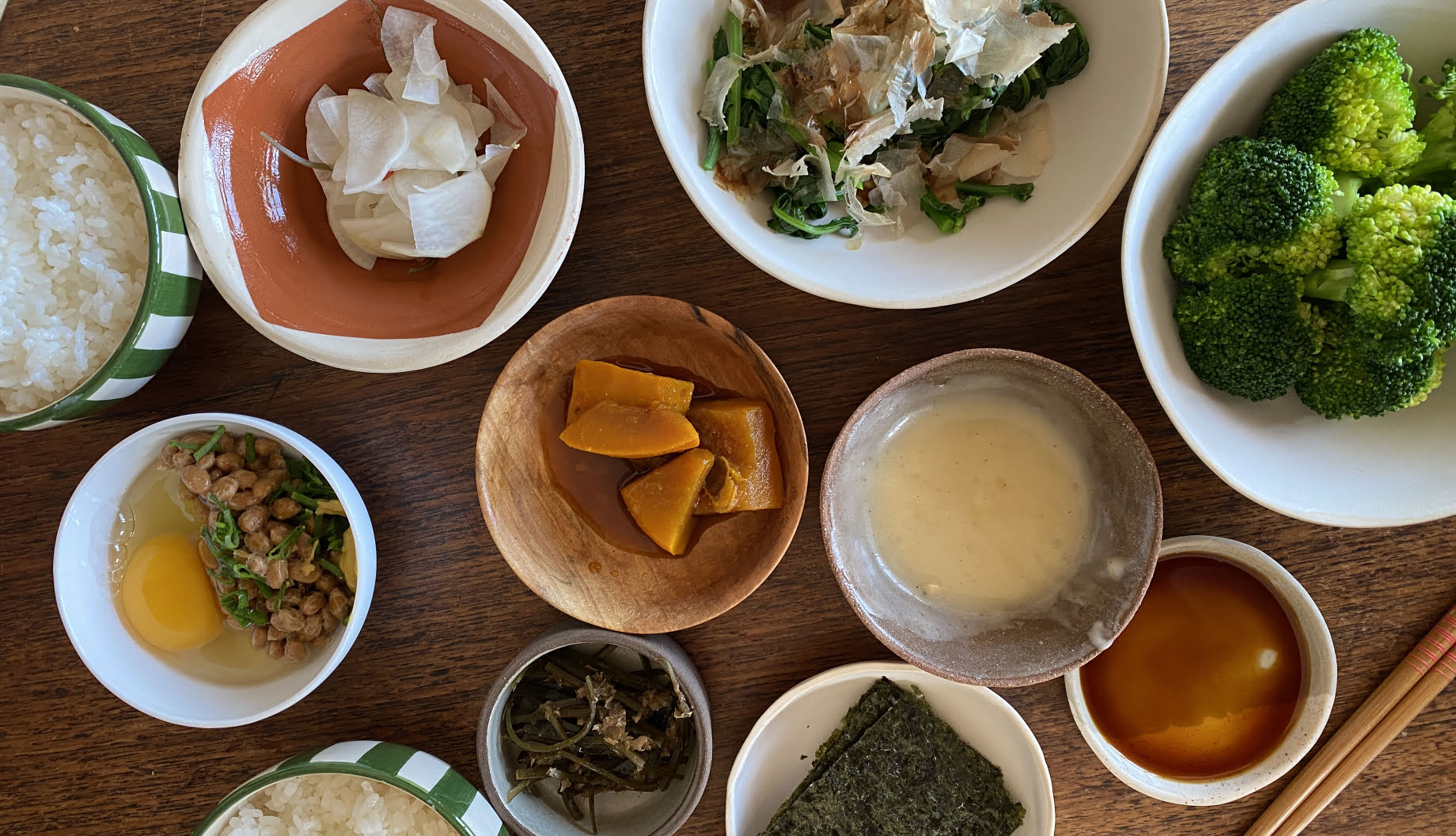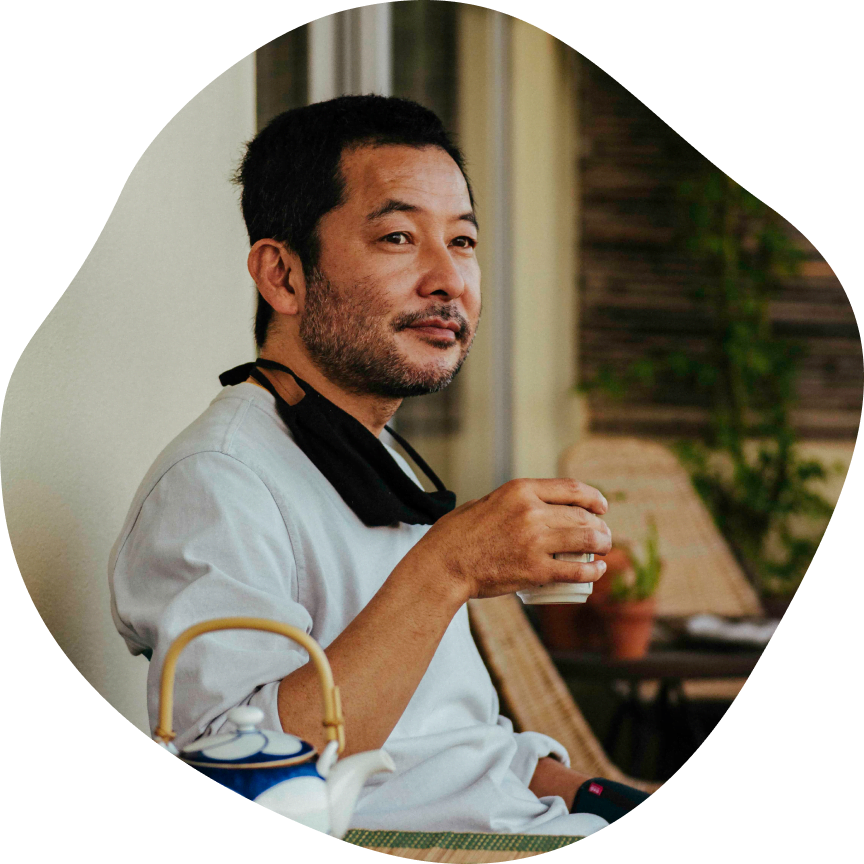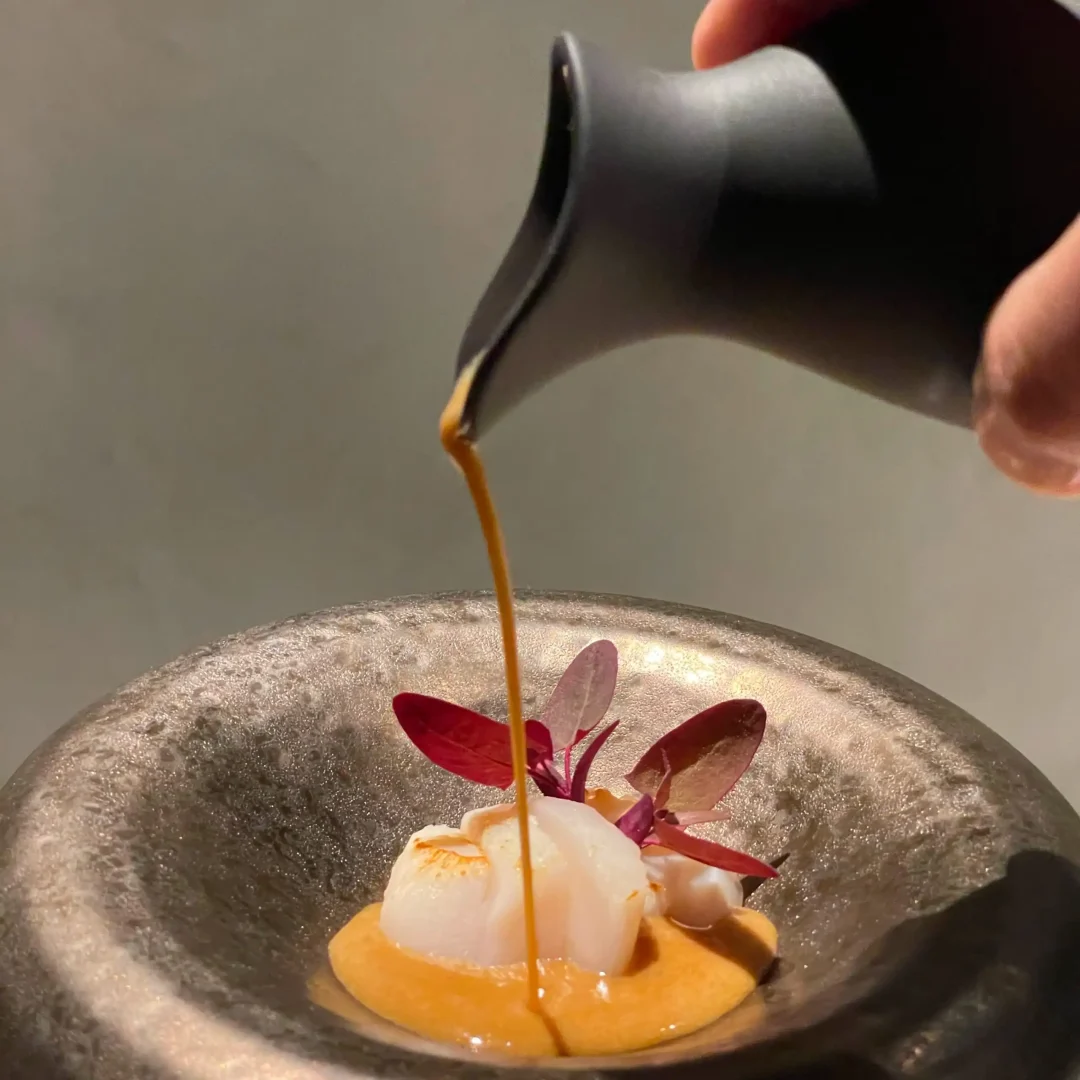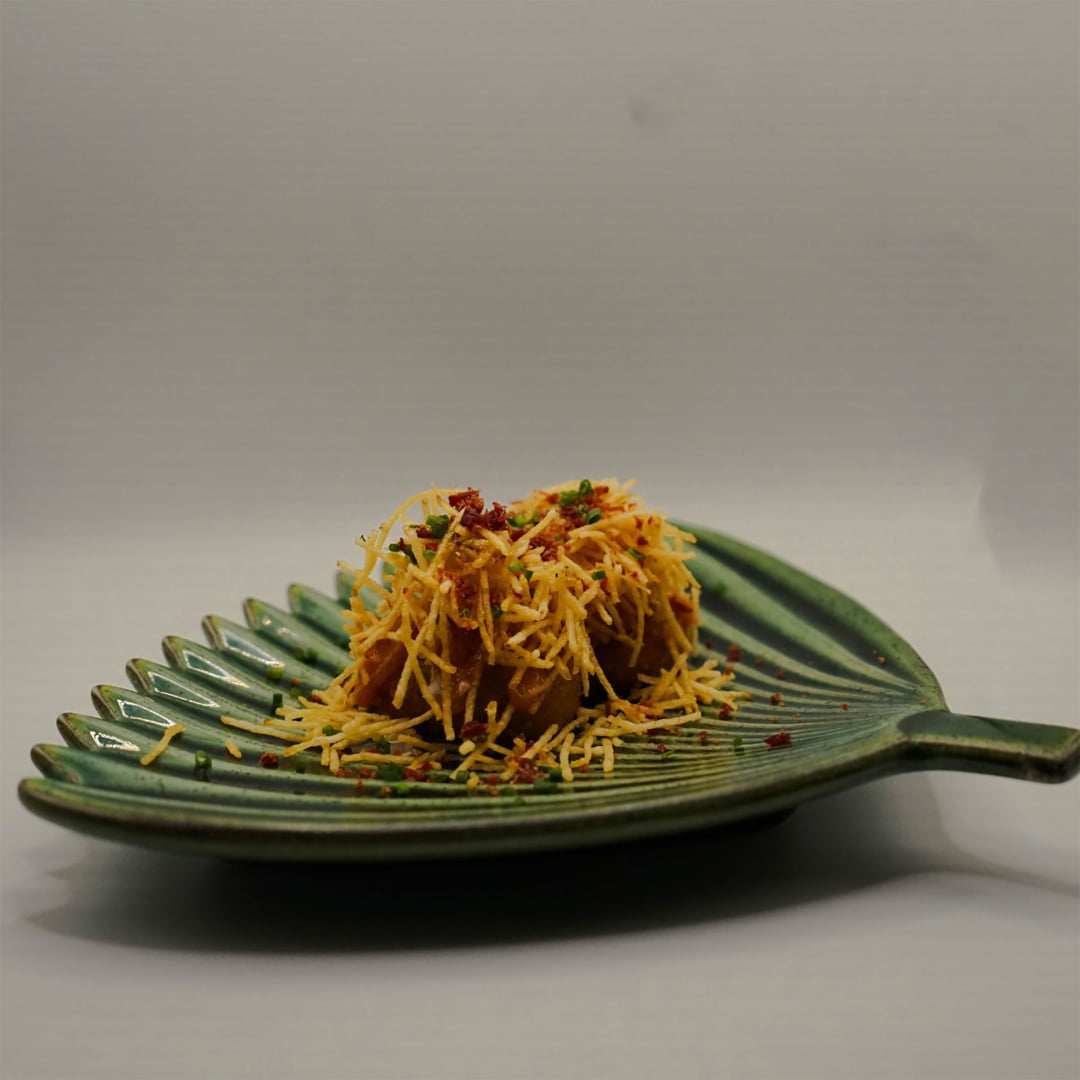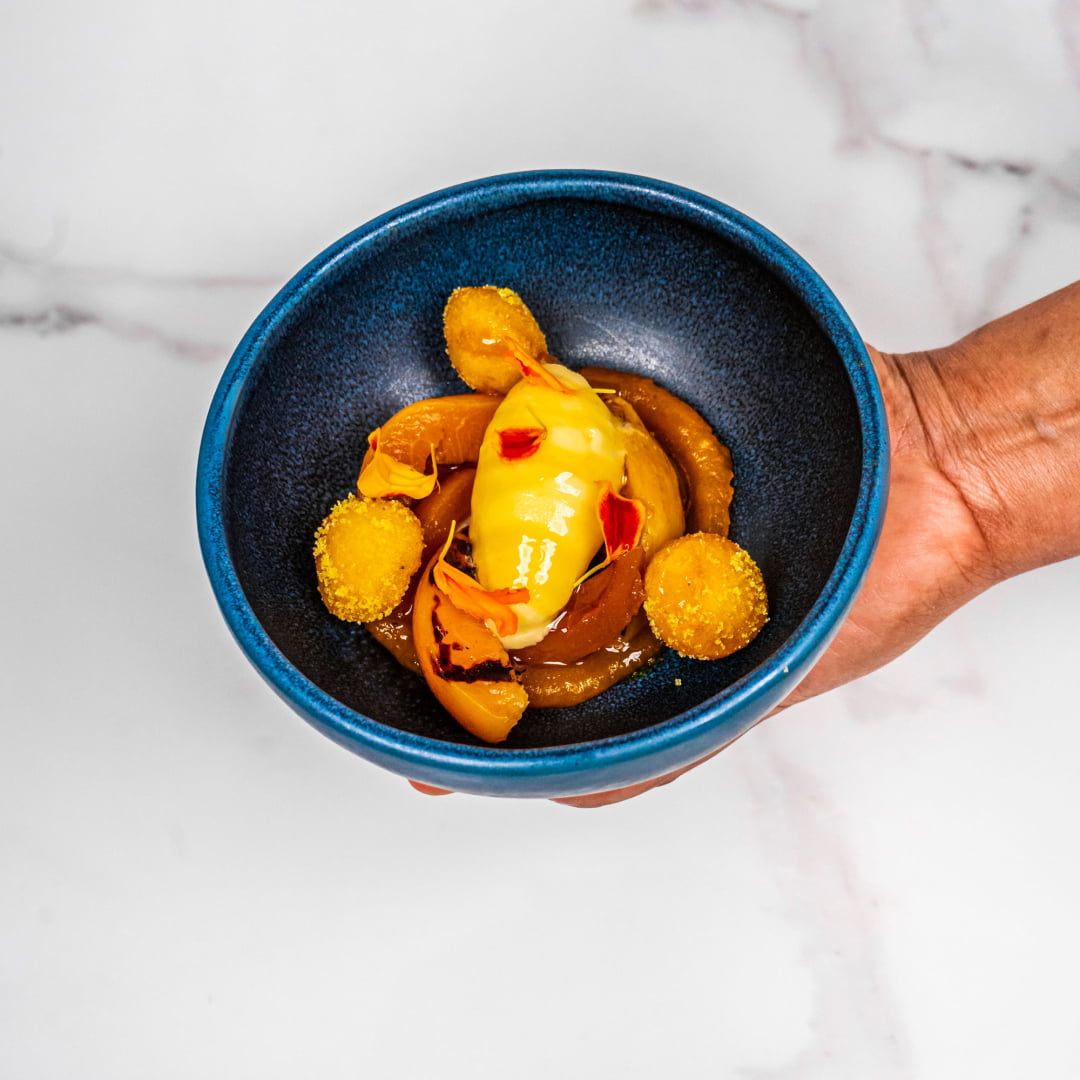Traditional breakfast, fermented foods and the magic of miso
If you’ve ever stayed overnight in a traditional Ryokan somewhere in Japan, you must have tasted its breakfast. He is served in his room, while he is still in his Yukata pajamas, sitting at a low table on the Tatami mat. For those who have never lived it, it must not be easy to imagine what the Japanese eat for breakfast.
And many of you won’t be able to identify if it’s actually a breakfast, lunch or dinner! What breakfast consists of also depends on the region. I’m from the eastern part of Japan, so I decided to share a traditional and authentic breakfast from my region.
- Rice bowl
- Miso soup (based on fermented soybean paste, better known as Miso)
- Natto (fermented soybeans)
- Tsukemono (fermented vegetables, pickles)
- Grilled fish fillet (with raw or fermented fish)
- Omelette
In Japan, many fermented foods are part of daily meals, but they play a significant role especially at breakfast. The main reason is that fermented foods pair especially well with white rice – the staple food of Japanese cuisine. The second reason is that fermented foods are ready to eat, so you don’t need to prepare or cook them in the morning.
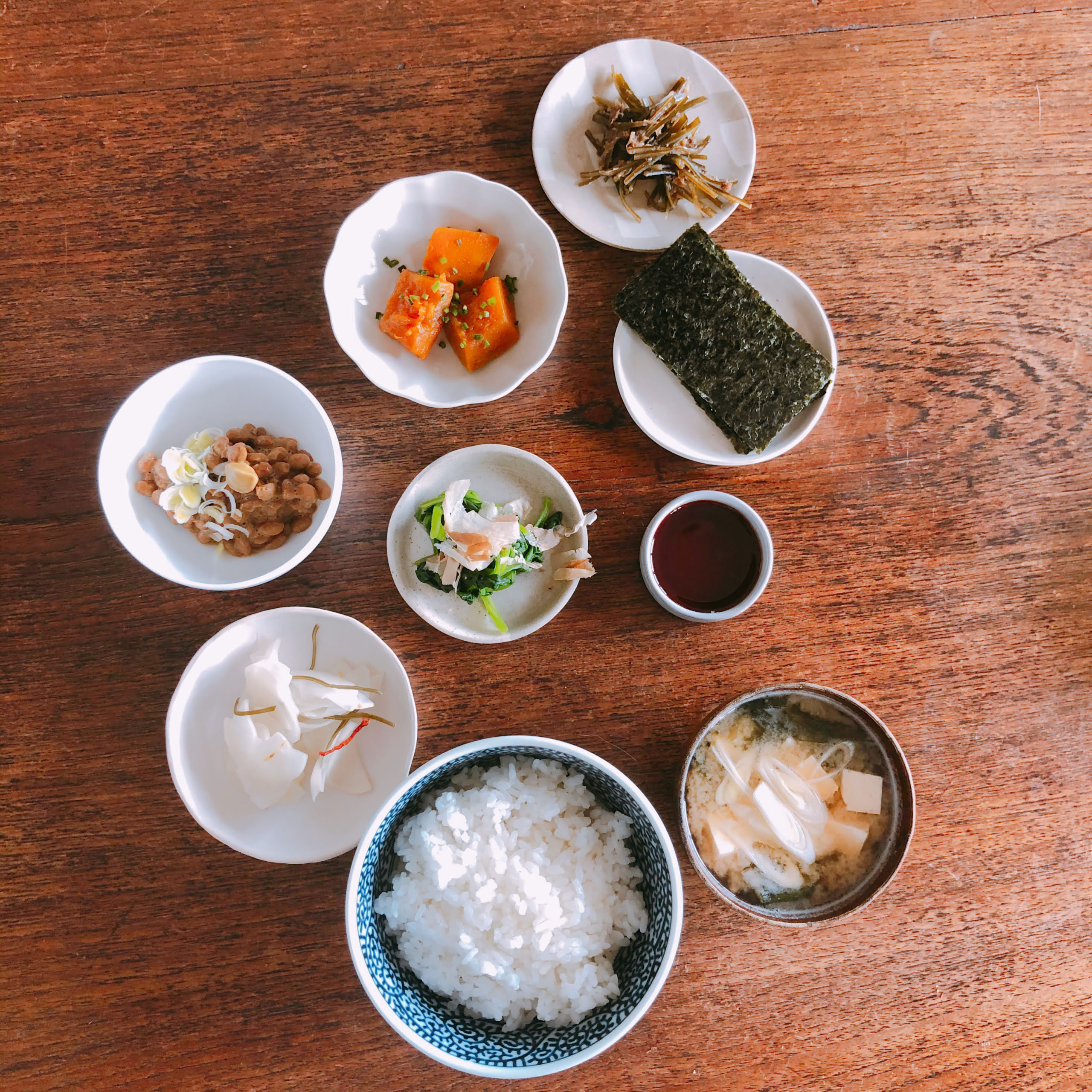
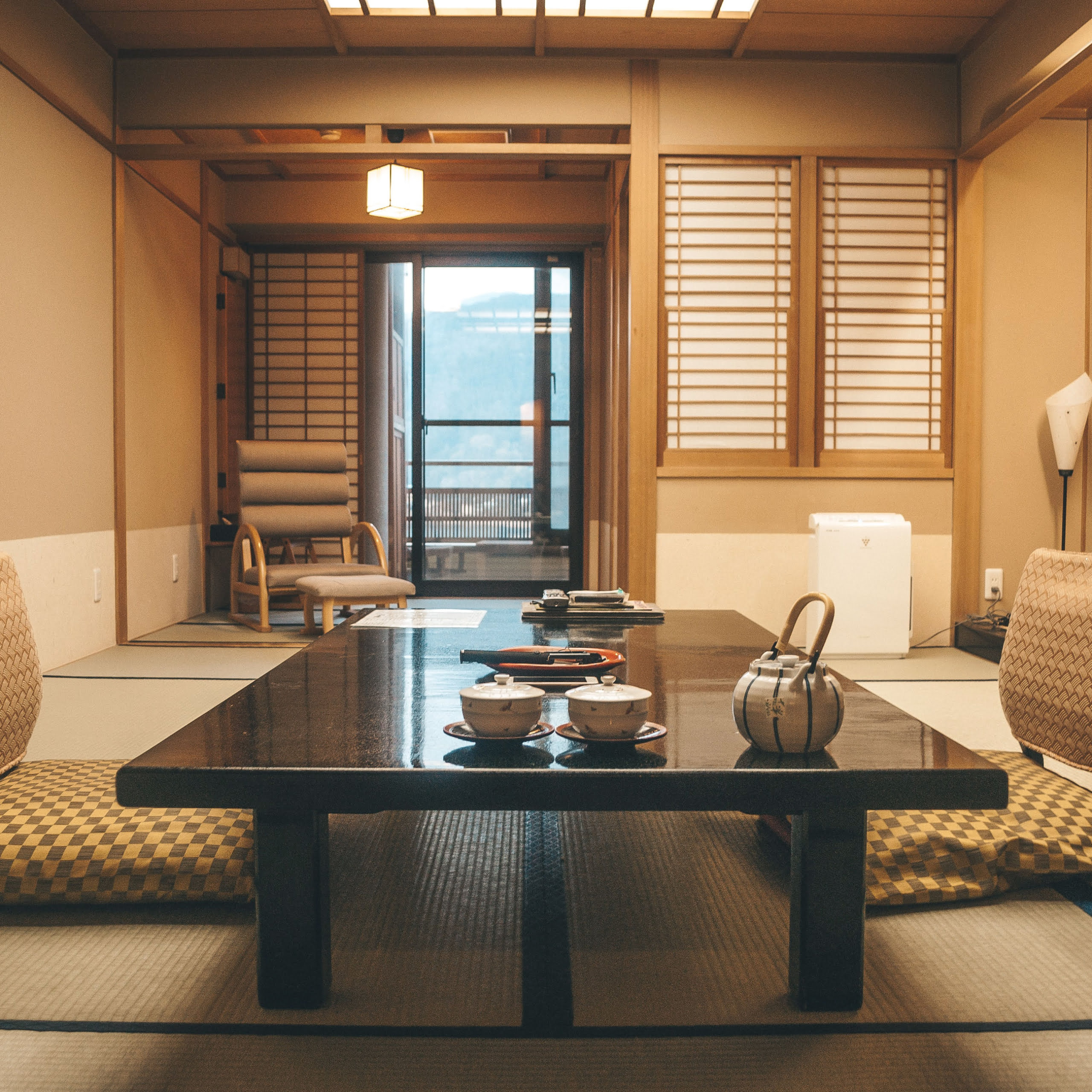
I want to introduce you to the two most important fermented products, which do not fail in a Japanese breakfast. The first is Miso, a thick paste made from fermented soybeans, Koji fungus, and salt. There are plenty of ways to use this delicious paste, but the most popular is to mix the paste with Dashi broth (a clear broth, made with seaweed and fermented tuna) to create the famous Miso soup. If you feel the urge to make an authentic Dashi broth, I guarantee you’ll get a deep Umami experience in return. Or you can also marinate and preserve raw vegetables, meat or fish on a bed of Miso for a few days and indulge in Misozuke. I tried to make Miso at home, a few years ago, with chickpeas. The result was satisfactory, but it took almost a year, so I didn’t try it again.
*Umami is a word of Japanese origin that refers to one of the five basic tastes of the human palate, between acid, sweet, bitter and salty, Umami means “tasty and pleasant” and is associated with foods that contain amino acids.
The second is Tsukemono. These pickled vegetables are so ingrained in Japanese culture that each region has its own recipe and specialty. Making pickles depends on the use of vinegar, salt, sugar, soy sauce, rice bran, and a few more ingredients. I often make Tsukemono at home because the industrial versions, available in Asian supermarkets, contain chemicals to impart artificial flavor and color, something I prefer to avoid. I prepare ginger cut into very thin strips, in plum vinegar, to prepare the so-called Benishouga, for the Katsudon that I make. Some pickles require days or weeks to achieve the perfect result, so I chose to share a simple recipe, which requires an hour to a night.
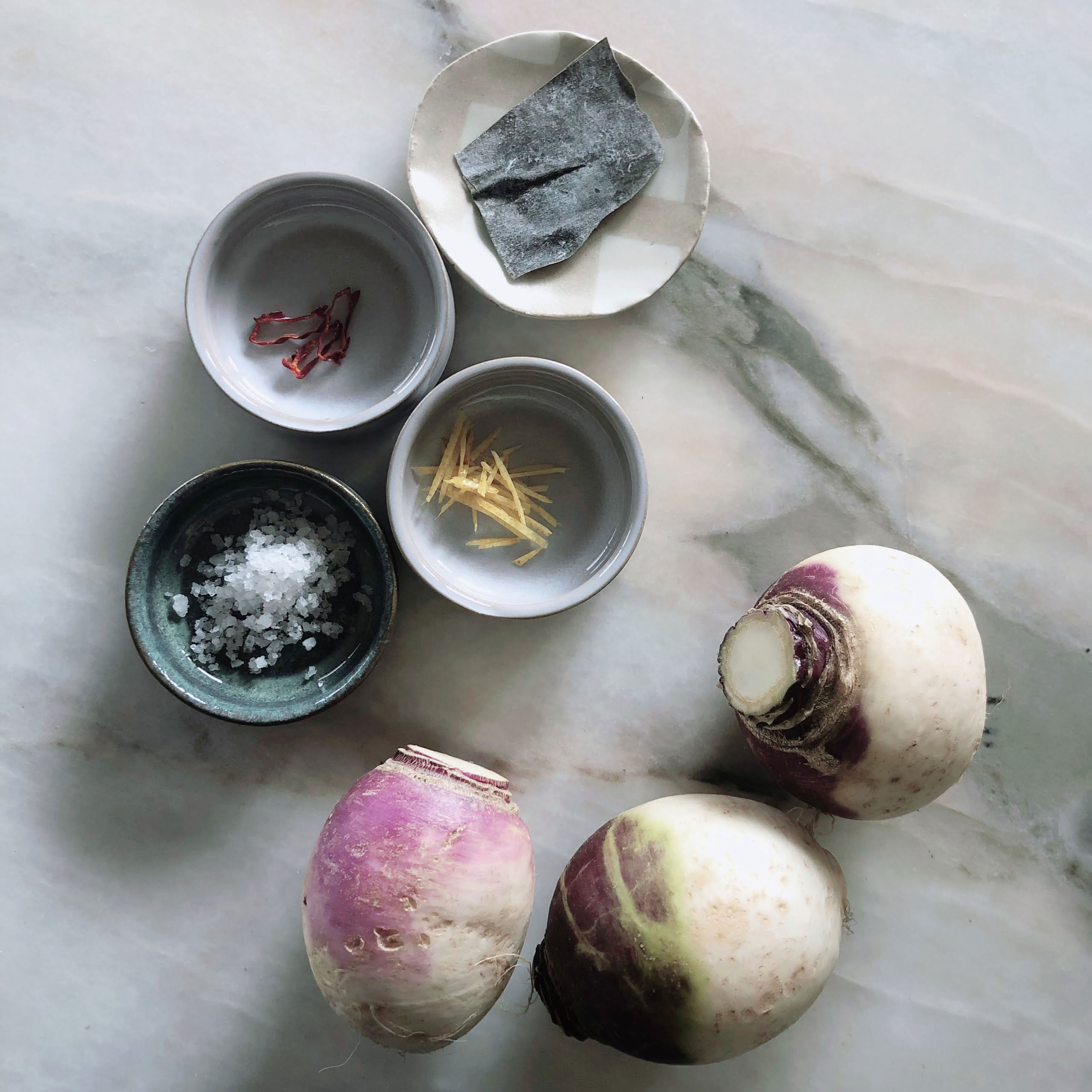
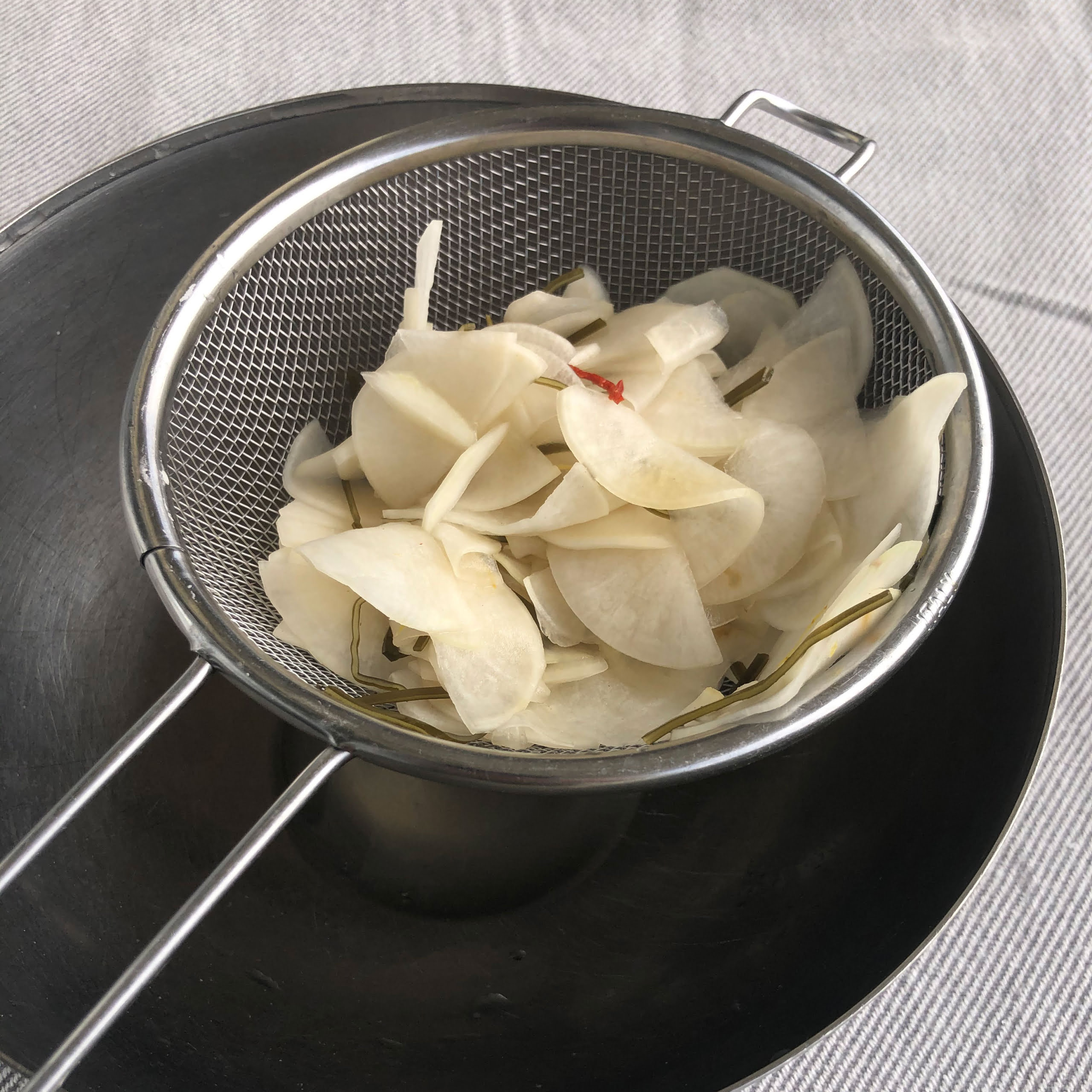
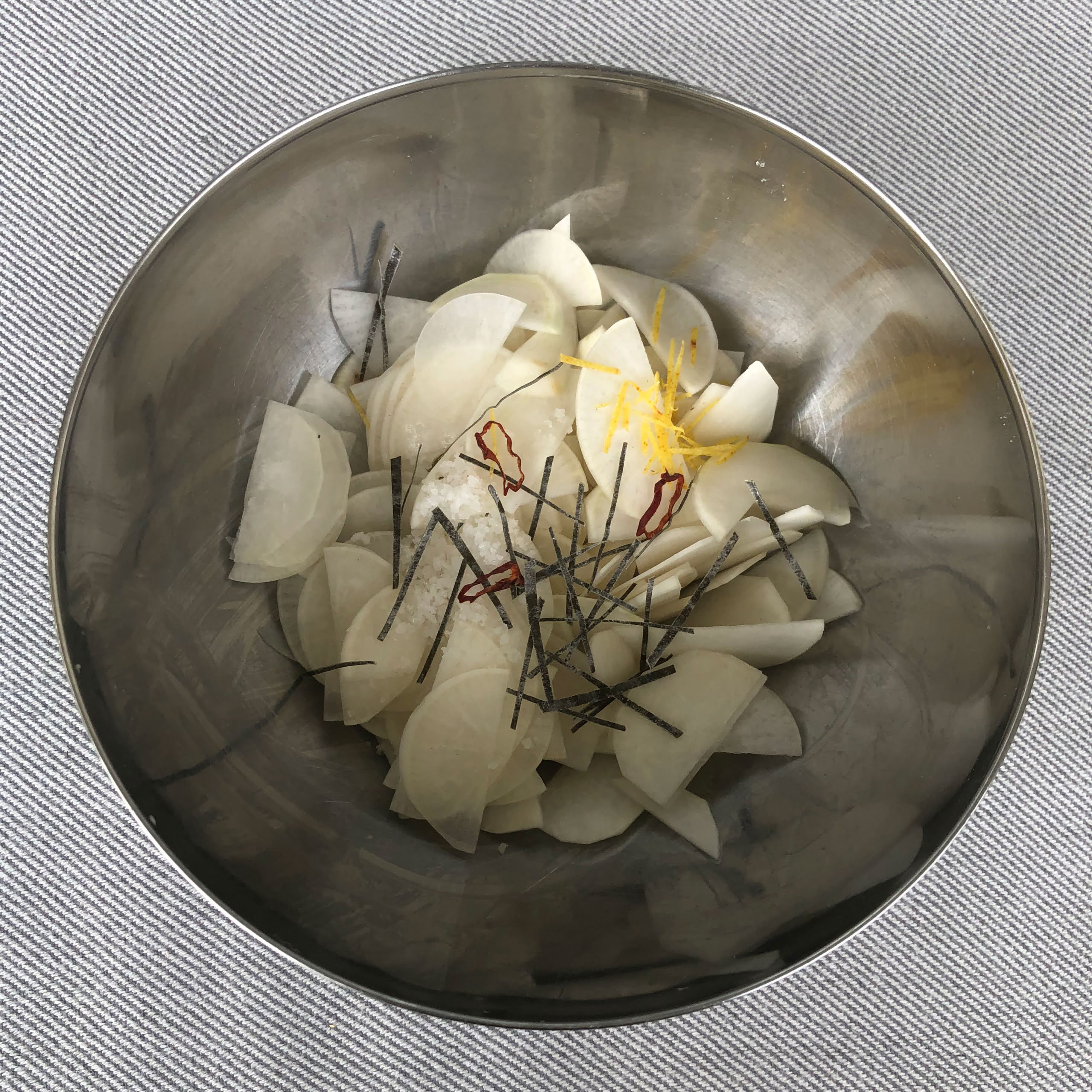
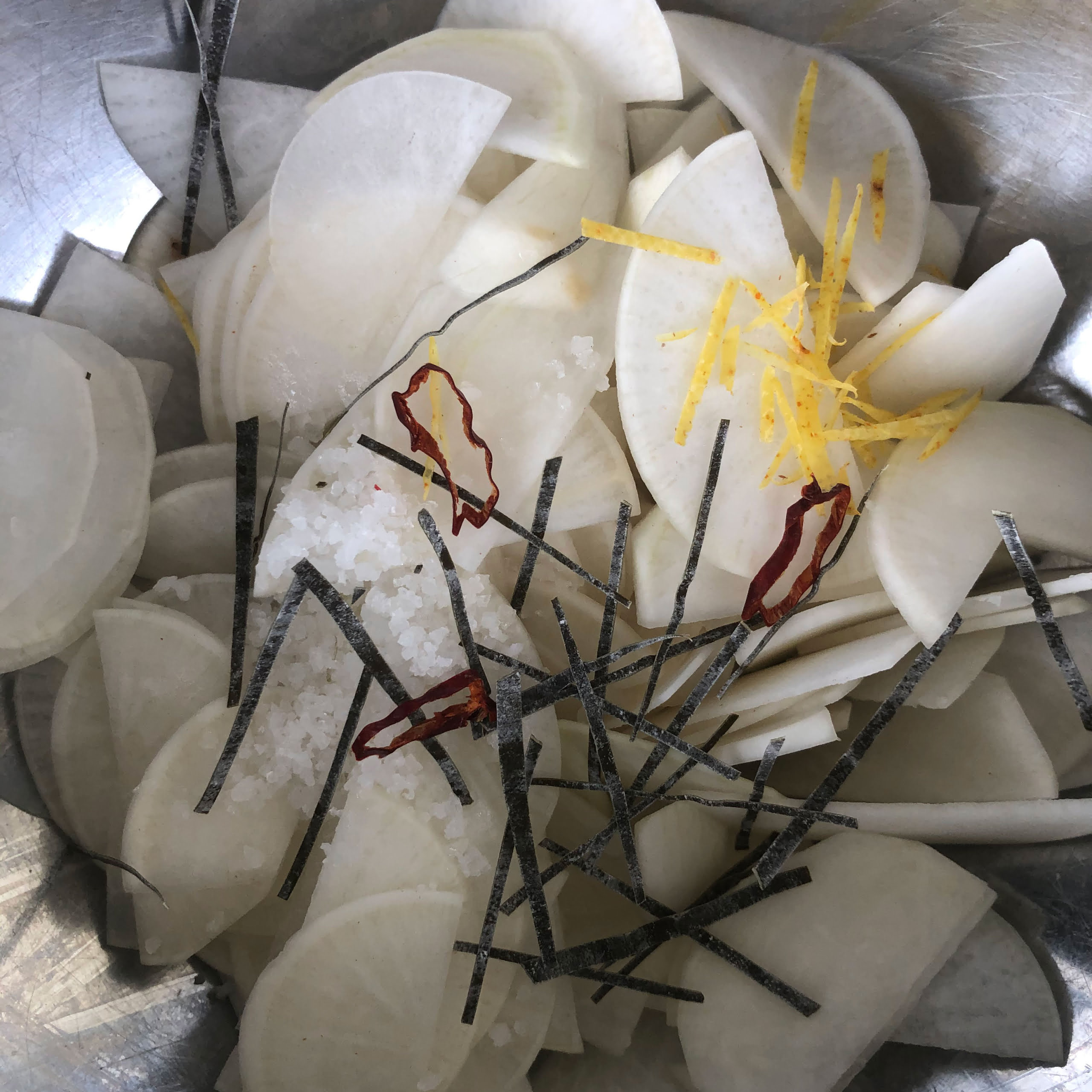
Asazuke, meaning “lightly pickled”:
- Cut turnip (200g) in half and then into slices of 2 to 6mm, cut a little chilli, lemon zest 2x2cm and kombu seaweed 3x3cm (cut with scissors); Turnip greens can be replaced with Chinese cabbage, cucumbers, or celery.
- Mix 6gr of salt with the ingredients described and massage well; The percentage of salt should be 3% of the volume of the vegetable.
- Cover and place a weight of 1kg on top, to create pressure; Let stand for at least 1 hour – up to 8 hours.
- Drain the water using a colander and serve with a bowl of authentic Japanese rice.
Asazuke pickles, a bowl of white rice and a Miso soup will make you fly to Japan.
Itadakimasu! Oishi Oishi! Arigato! Matane!
Bon appetit! Yum Yum! Thank you! See you later!


